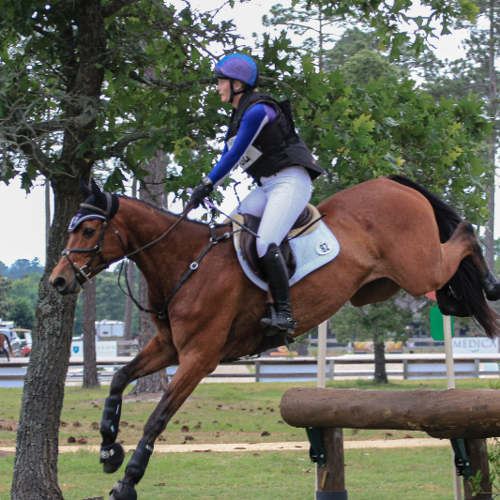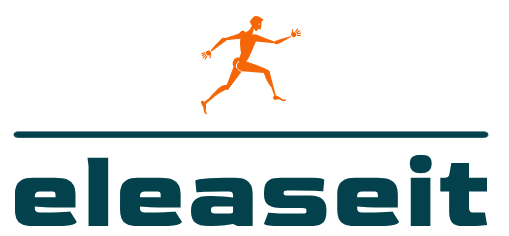
Navigating Equestrian Eventing Challenges: A Test of Skill
Equestrian eventing is a demanding discipline that combines three distinct phases—dressage, cross-country, and show jumping. This multifaceted sport poses a series of challenges that test the skill, athleticism, and partnership between horse and rider. Navigating these challenges requires a strategic approach, resilience, and a deep understanding of each phase.
Dressage Precision: The Art of Elegance
The eventing journey begins with dressage, a discipline that emphasizes precision, elegance, and the subtle communication between rider and horse. Dressage challenges riders to perform a series of predetermined movements, showcasing the horse’s suppleness and responsiveness. Achieving excellence in dressage sets the foundation for a successful eventing performance, demanding meticulous training and attention to detail.
For insights and tips on overcoming Equestrian Eventing Challenges, consider exploring Equestrian Eventing Challenges. This resource provides practical advice for navigating the complexities of eventing.
Cross-Country Endurance: Conquering Natural Obstacles
The cross-country phase introduces a new set of challenges, as horse and rider navigate a course set amidst natural terrain. This phase requires endurance, courage, and a strategic approach to tackling a variety of obstacles, including water jumps, ditches, and solid fences. Navigating the cross-country course demands a strong partnership, with riders making split-second decisions to ensure a safe and efficient ride.
Strategic Riding: Planning the Cross-Country Course
Successfully conquering cross-country challenges involves strategic riding and course planning. Riders must walk the course beforehand, analyzing the terrain and obstacles. Understanding the optimal lines, choosing appropriate speeds, and determining where to make adjustments are all part of the strategic planning that contributes to a fault-free cross-country round. The ability to think ahead is crucial in overcoming the unpredictability of the course.
Show Jumping Precision: A Test of Technical Skill
The final phase of eventing, show jumping, challenges riders to showcase their technical skill and the horse’s agility. The course is set with a series of colored fences, requiring precision and accuracy to navigate without knocking down rails. Show jumping demands riders to maintain focus and control, with the pressure of a fault-free round to secure a strong overall performance.
Managing Horse Fitness: Essential for Endurance
Equestrian eventing challenges extend beyond the competition phases to the overall fitness of the horse. Endurance is a key factor, especially in the cross-country phase where horses cover significant distances. Managing the horse’s fitness involves a comprehensive training program that includes conditioning exercises, proper nutrition, and regular veterinary check-ups to ensure the horse is in peak physical condition.
Equipment Considerations: Choosing Appropriate Gear
Navigating eventing challenges also involves careful consideration of equipment. Riders must choose appropriate gear for each phase, including dressage attire, protective cross-country gear, and show jumping equipment. Ensuring that equipment is well-maintained and suitable for the demands of each phase is essential for both the safety and comfort of the horse and rider.
Mental Resilience: Overcoming Pressure
Equestrian eventing challenges are not only physical but also mental. The pressure of performing well in each phase, the unpredictability of cross-country terrain, and the precision required in dressage and show jumping can be mentally demanding. Developing mental resilience is crucial for riders to stay focused, make quick decisions, and overcome challenges during the competition.
Continuous Learning: The Key to Improvement
Equestrian eventing challenges provide opportunities for continuous learning and improvement. Riders should analyze their performances after each event, seeking feedback from coaches and experienced riders. Identifying strengths and areas for improvement allows riders to refine their skills, enhance their strategies, and grow as equestrians.
Safety First: Mitigating Risks in Eventing
As with any equestrian discipline, safety is paramount in eventing. Mitigating risks involves thorough course inspections, proper warm-ups, and adherence to safety regulations. Riders must prioritize the well-being of both horse and rider, recognizing that safety measures contribute to a positive and secure eventing experience.
Community Support: The Heart of Eventing
Equestrian eventing challenges are not faced alone. The eventing community is a supportive network where riders share experiences, advice, and encouragement. Building a strong community connection fosters camaraderie and a shared passion for the sport. The collective support of fellow riders, trainers, and enthusiasts is the heart of the eventing community.
Conclusion: Triumphs in the Face of Challenges
Equestrian eventing challenges are a true test of skill, partnership, and resilience. Navigating the complexities of dressage, cross-country, and show jumping requires a holistic approach, combining strategic planning, continuous learning, and a commitment to safety. Riders who triumph over these challenges not only showcase their equestrian prowess but also embody the spirit of perseverance and achievement in the dynamic world of eventing.

